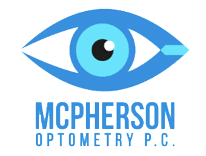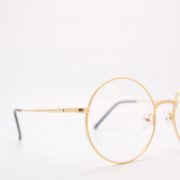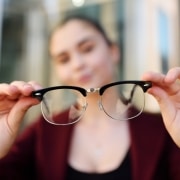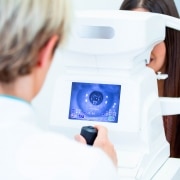3 Ways Lack of Sleep Affects Your Visual Health
How much sleep have you been getting lately? If you are like a lot of Americans, you simply don’t get enough sleep. About 35 percent of American adults get less than the recommended seven hours of sleep every night. Unfortunately, lack of sleep is not just bad for your general health, but also your visual health. In fact, some general vision problems in North Syracuse may be related to lack of sleep. Take a look at some of the ways lack of sleep can affect your eyes.
Lack of sleep can lead to dry eyes
When your eyes are tired, you may be more likely to have problems with decreased tear production. Over time, this can lead to issues with dry eyes, which can come along with bothersome symptoms like redness, itchiness, and even blurred vision. When you have dry eyes, your tears are not lubricating the eye lens properly, which can also mean you are more susceptible to contaminants in your environment.
Lack of sleep can contribute to eye fatigue
Eye fatigue is a serious issue, even though it is an issue that is often disregarded. When your eyes feel extremely tired, they need a break. Not getting enough sleep can mean your eyes get fatigued faster than they normally would. Tired eyes don’t produce as many tears, can suffer from damaged blood vessels, and may even have issues seeing clearly.
Lack of sleep could put you at risk of eye conditions
Certain eye conditions are directly linked to poor quality sleep. For example, people who have sleep apnea are actually at a higher risk of glaucoma. This is because sleep apnea affects the intraocular pressure on the retina, as well as the important blood vessels that feed oxygen to the retina.
Keep Your Vision in Check with the Help of a North Syracuse, NY Eye Doctor
Worried that your problems with sleep are affecting your vision? If so, it may be time to visit a North Syracuse eye doctor for advice. Even small problems can grow to be a major issue when it comes to your visual health. Reach out to us at McPherson Optometry to schedule an appointment for a checkup.










